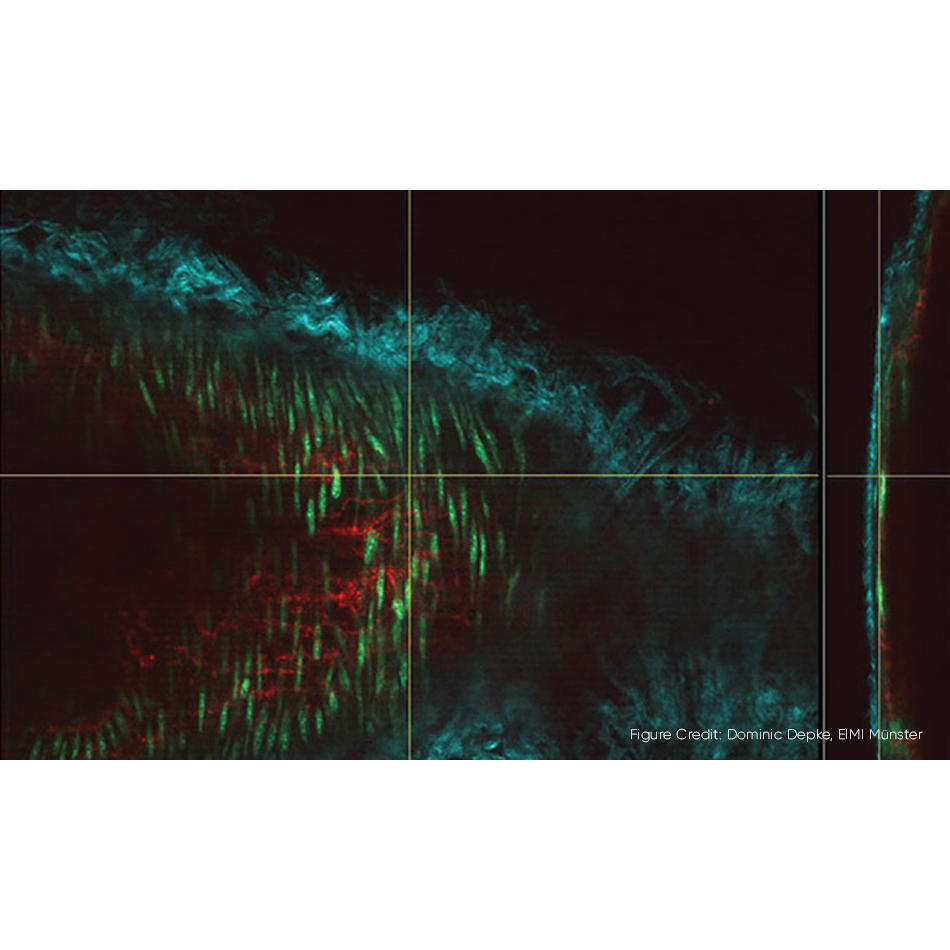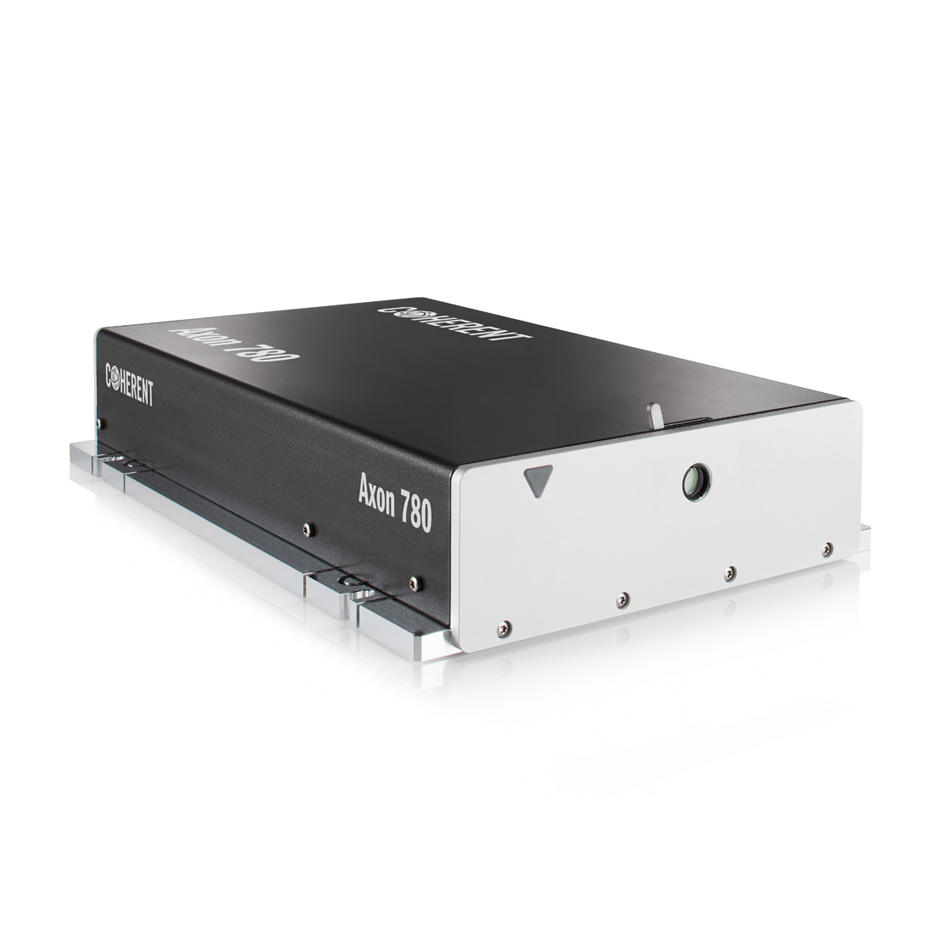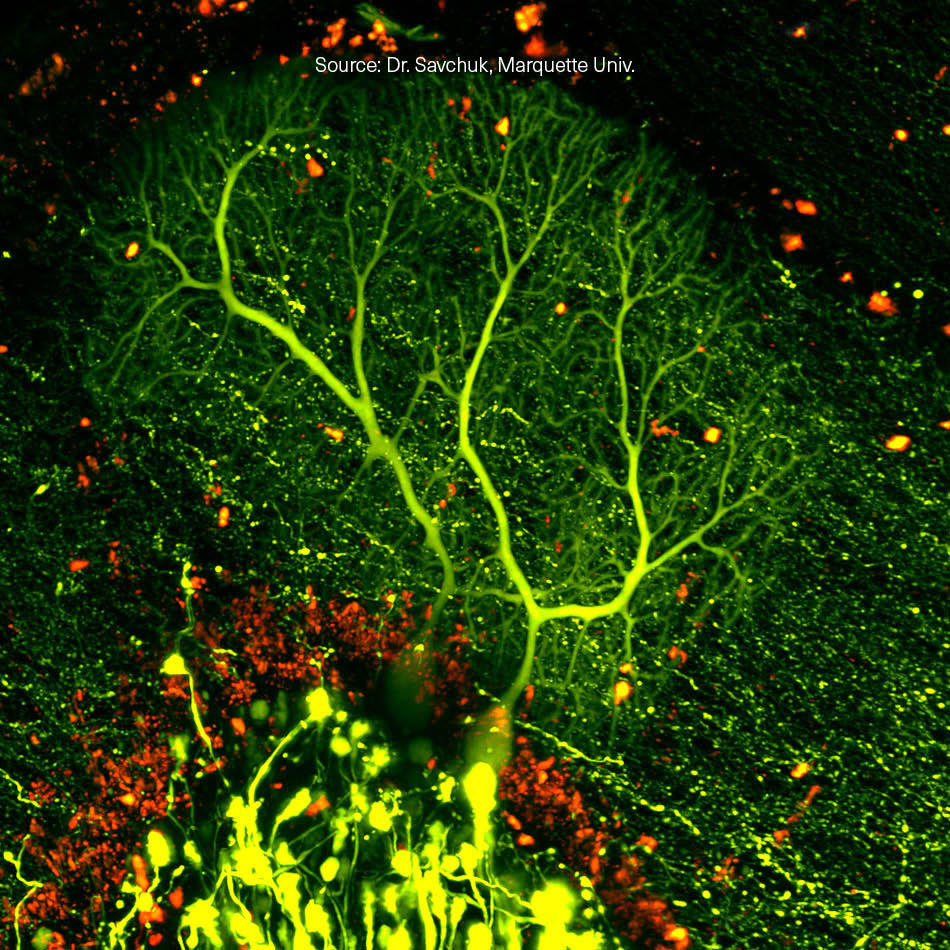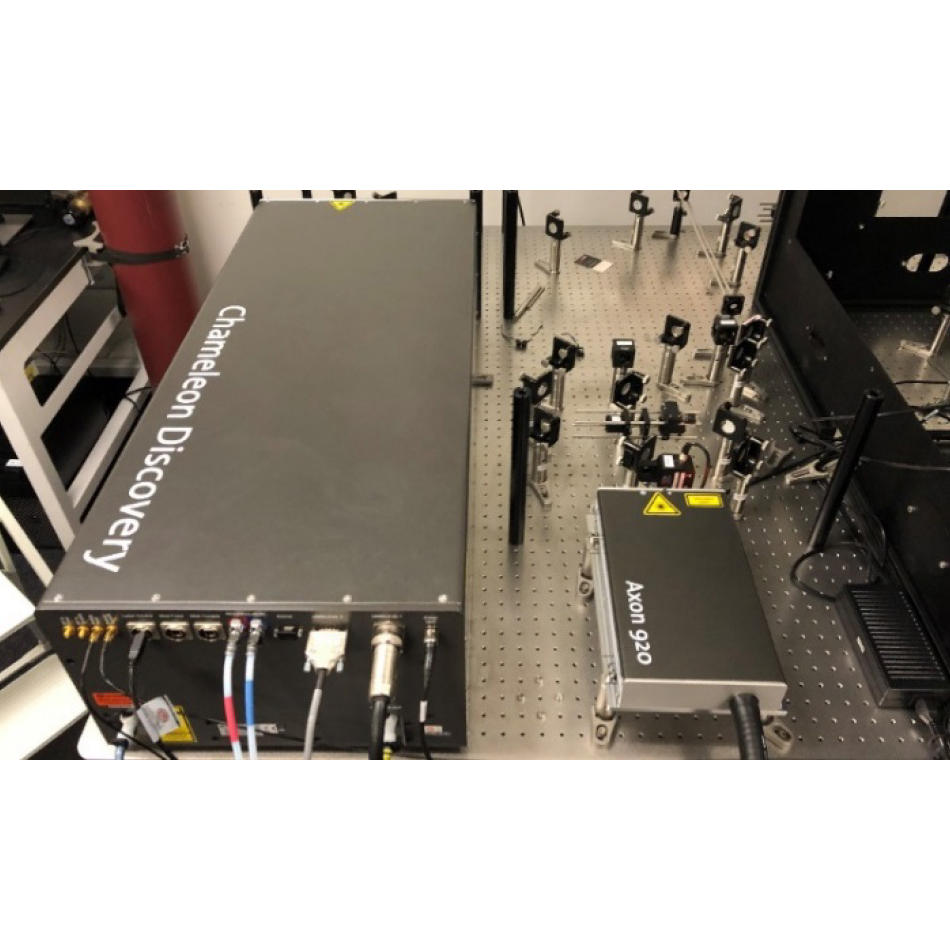 1787_word_end1787_word_end<-neurons.jpg" alt="optogenitic neurons"/>
1787_word_end1787_word_end<-neurons.jpg" alt="optogenitic neurons"/>
>1781_word_end<
>1782_word_end<
>1783_word_end<
>1784_word_end<
>1785_word_end<
>1786_word_end< >1787_word_end<>1788_word_end<
>1789_word_end<
And just like that, you could now fire nerve cells in a live mouse simply by shining light of a certain color on them, rather than by physically connecting electrodes to the nerves. Alternatively, you could use different opsins to prevent a nerve from firing by shining another color of light on them. That’s what >1787_word_end< is.
 1787_word_end1787_word_end<-wide.gif" alt="Optogenetics"/>
1787_word_end1787_word_end<-wide.gif" alt="Optogenetics"/>
>1006_word_end< provide a light touch for >1787_word_end<
The big advantage of >1787_word_end< is that light is a non-contact and selective tool that is far less intrusive than a physical electrode. And light can be quickly moved from place to place on the subject animal without harming it. Plus, if it’s laser light, it can be focused down to a small spot so that only a very specific part of the brain is stimulated (or de-activated).
>1800_word_end< >1759_word_end< >417_word_end<. >1802_word_end<
>1803_word_end< >1804_word_end< techniques, based on lasers like the >1759_word_end< >1806_word_end< or Chameleon series combined with >417_word_end<.
Eventually, neuroscientists will be able to measure how much larger numbers of neurons communicate and interact with each other in real-time. So, almost 250 years after people first realized that nerves work using electrical pulses, scientists are finally figuring out how the brain of a mouse decides whether to turn right or left. Now, if we could just remember where we left our car keys...
Related Resources





